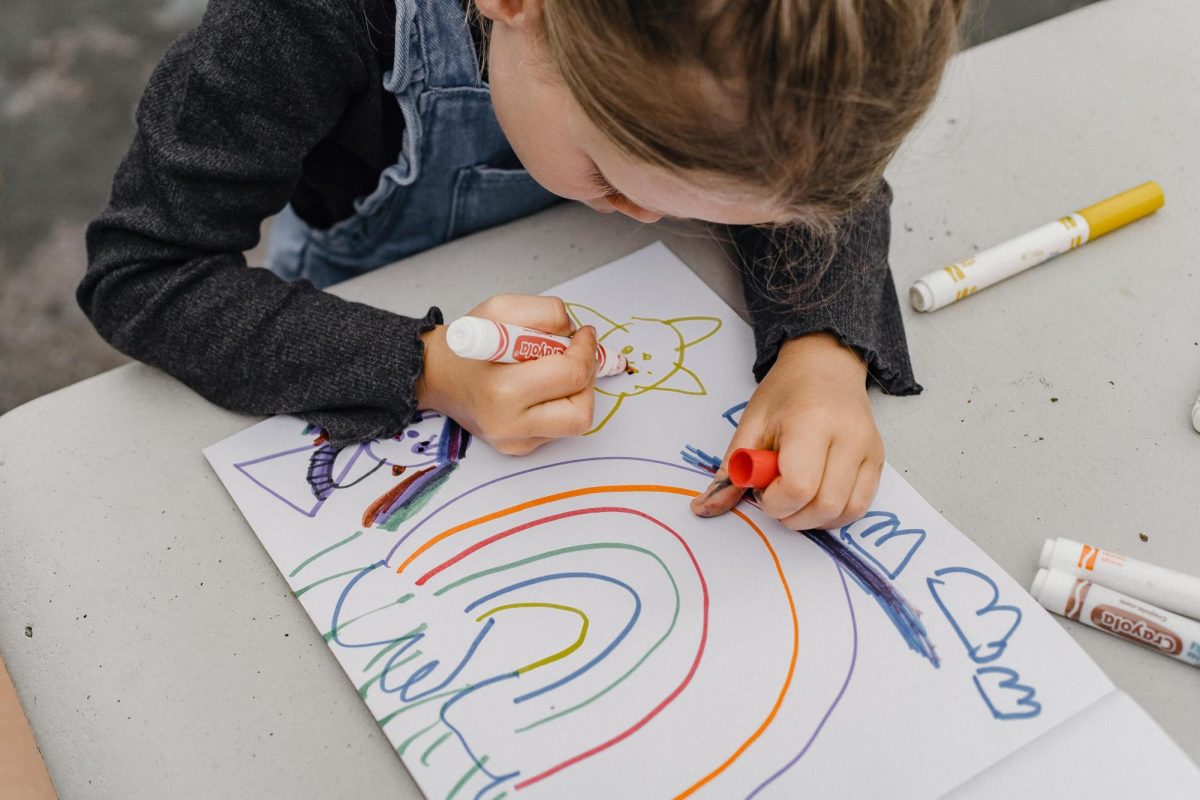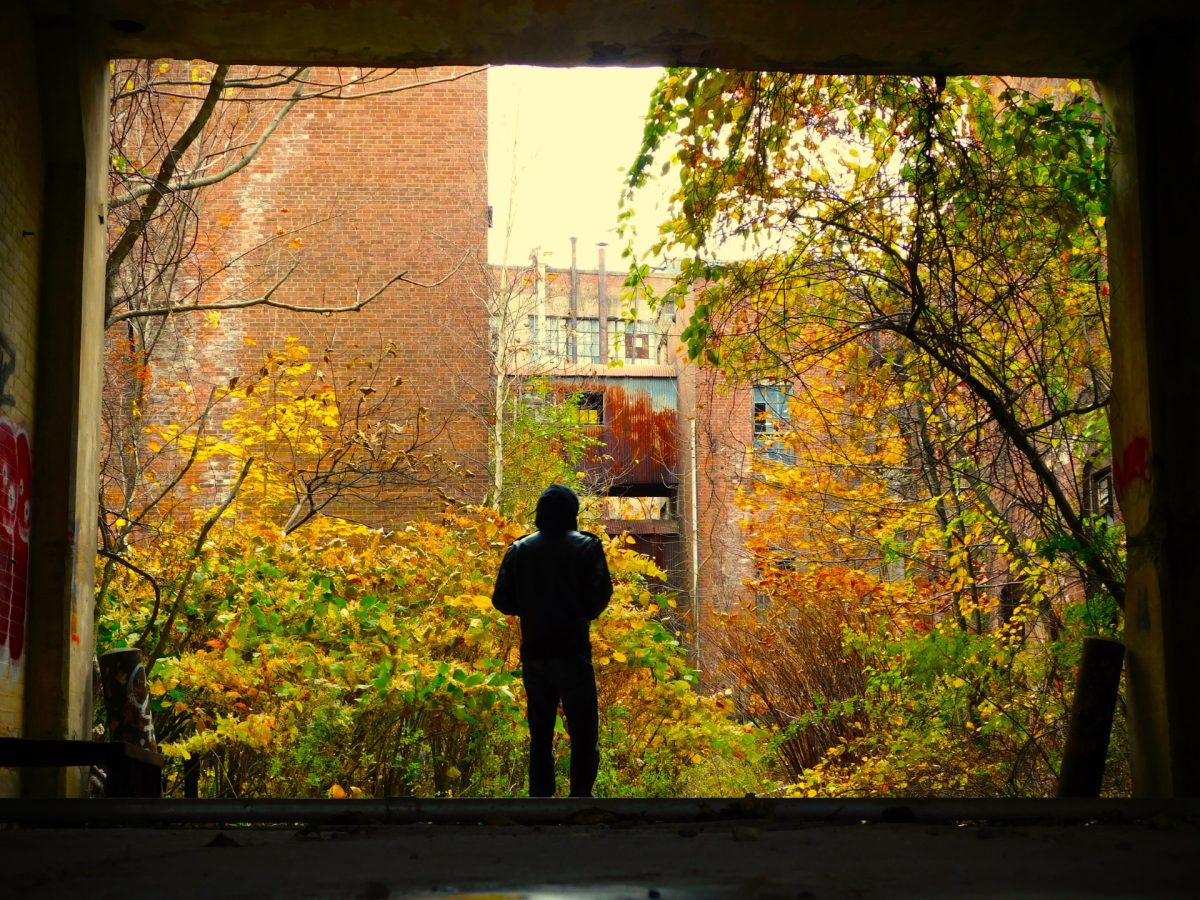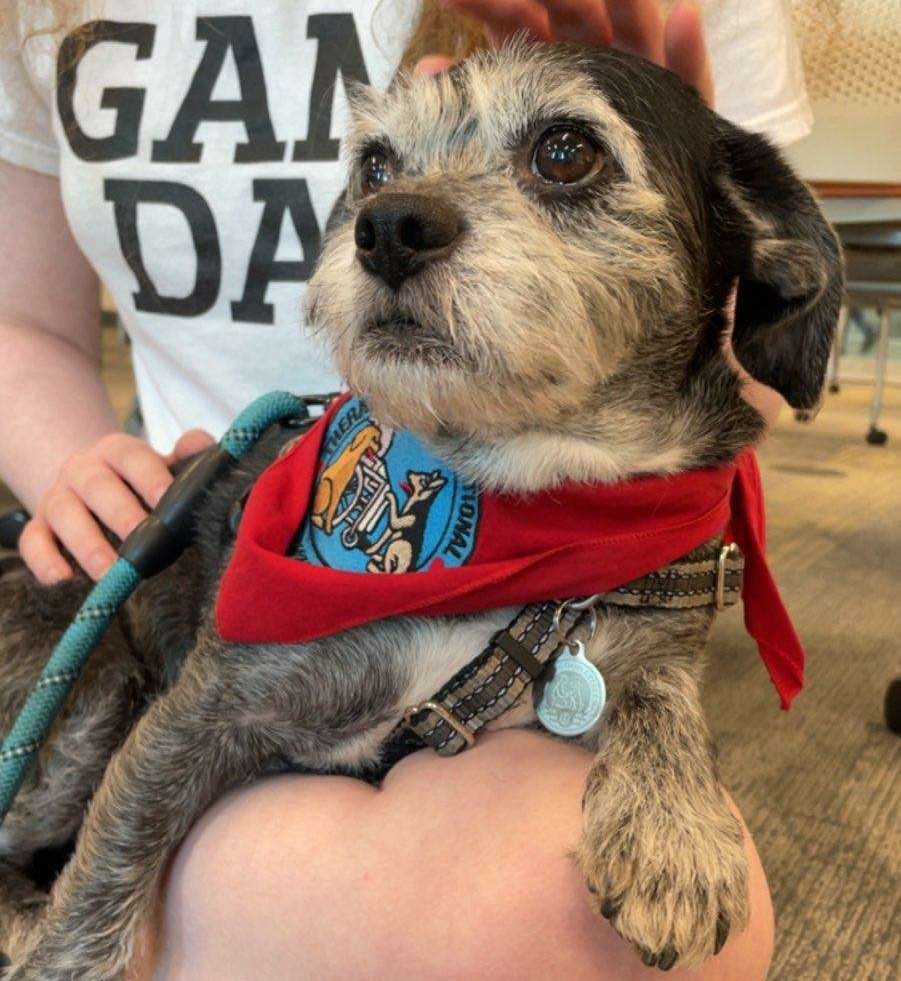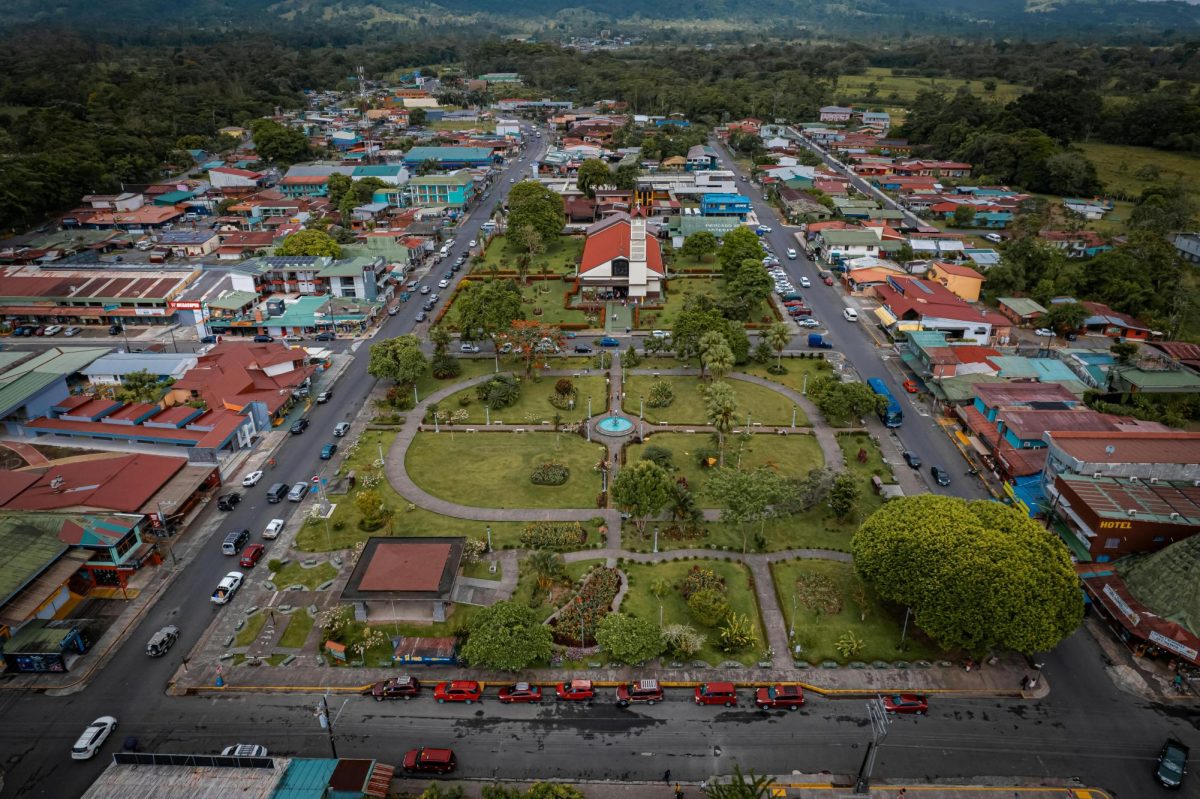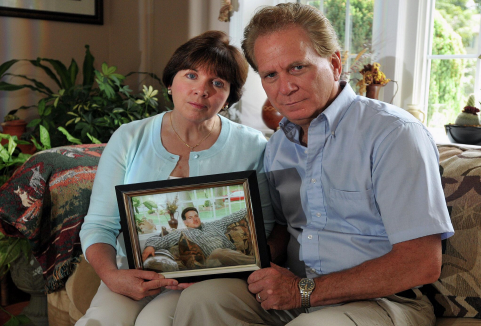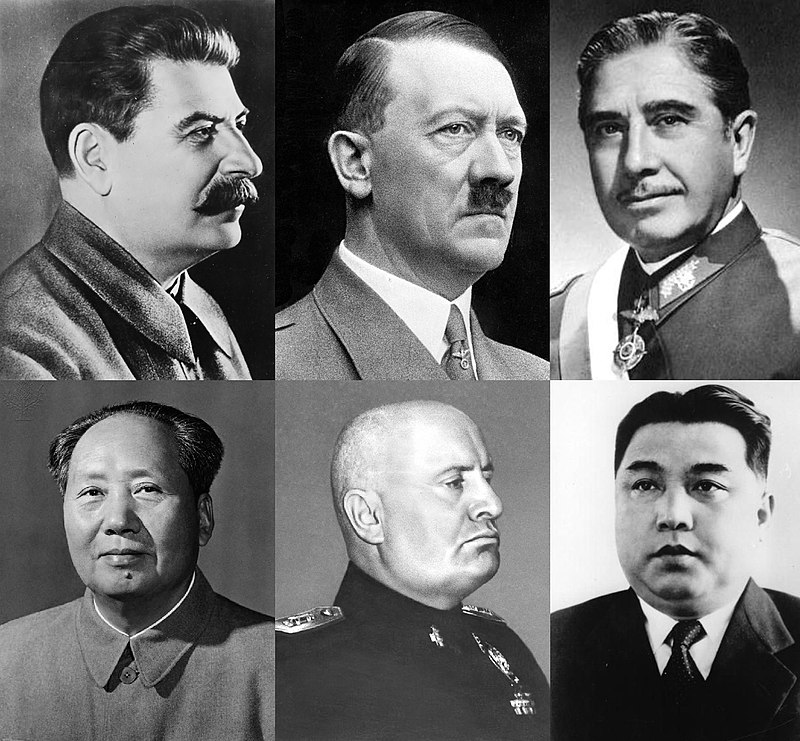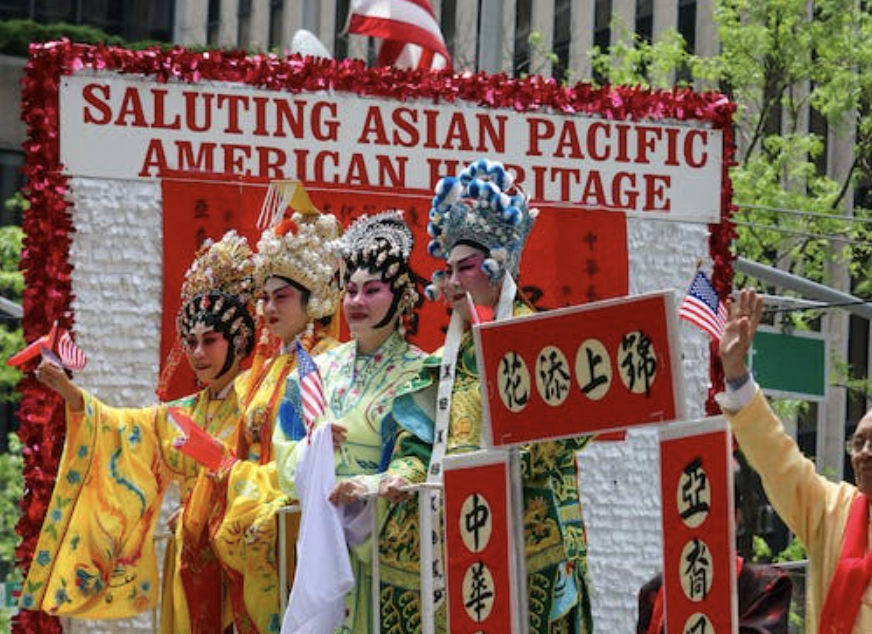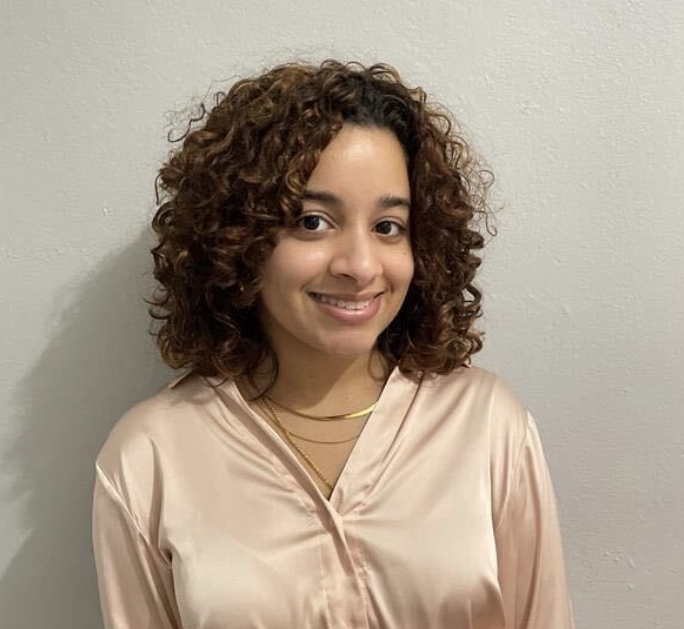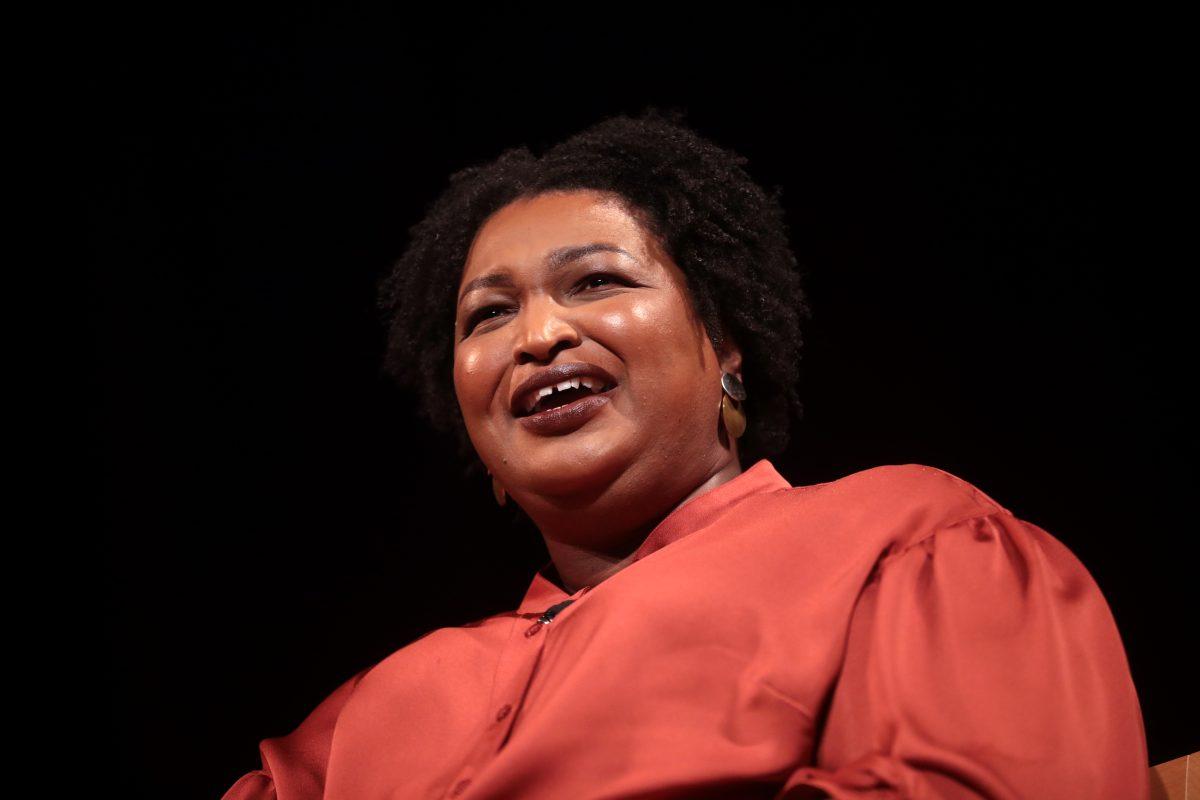During the 2020 presidential election, Stacey Abrams was a fundamental figure in turning Georgia blue–or rather, bringing the blue out of Georgia.
After seeing the same voter suppression tactics being used on margianalized voters in Georgia, Abrams saw the need for change, and she made it happen.
By working with voters directly, engaging with communities, and showing up to do the difficult work of advocacy, Abrams is a living example of how change is possible, albeit over long periods of time and with lots of hard work.
While her work–on a tangible level–was localized in Georgia, its impact was nationwide. If it weren’t for her efforts in bringing voters to the polls in 2020, as well as other state elections, the 2020 presidential election could have had a radically different outcome.
This type of community engagement, advocacy, and nonstop work with local governments, effectively registered 800,000 voters to the polls in 2020. In a state like Georgia, which is one of many states that have long suffered from voter suppression laws and gerrymandering, this feat is incredible, and it can teach us how grassroots efforts can and will have an impact on local and national policies.
In the United States, it can feel hopeless when our policies are dictated by a court of unelected justices with enormous power and sway; it can also feel hopeless when our own Congress is so divided that we are unable to make any tangible policy changes.
Despite this, we can follow Abram’s example, and garner important policy change through grassroots organizations and through connecting with communities. While social media campaigns, petitions, and infographics serve their purposes, nothing is as important as the community-level work demonstrated by Abrams.
Moreover, while national policy change is important, it isn’t feasible without starting on the most local level. On issues pertaining to healthcare, transgender rights, climate change and racial inequality, we can start at the most basic level, our communities.
While many of us are aware of issues that exist on a nationwide level, a majority of us are uninformed and disengaged from local policies. In order to fully realize national change, we must begin in our own neighborhoods, cities, and states.
By connecting with state representatives, city officials and local organizations, we can take a note from Abram’s book, and start to actualize real change in our community, slowly, over time.
Especially for university students, it can be easy to just become ensconced in university life, and to create a barrier between yourself and your community.
In an age where the government is already so disconnected from their constituents, and when political efficacy is dismally low, it’s time to move away from that tendency.
So, wherever you live, I would encourage you to learn more about the officials who represent you, the existing grassroots organizations fighting to make change in your community and to learn about the bills and policies being put into place where you live.
If we do this, and we begin to create change in our own localities, we will start to see those same changes spread to a state and national level.






